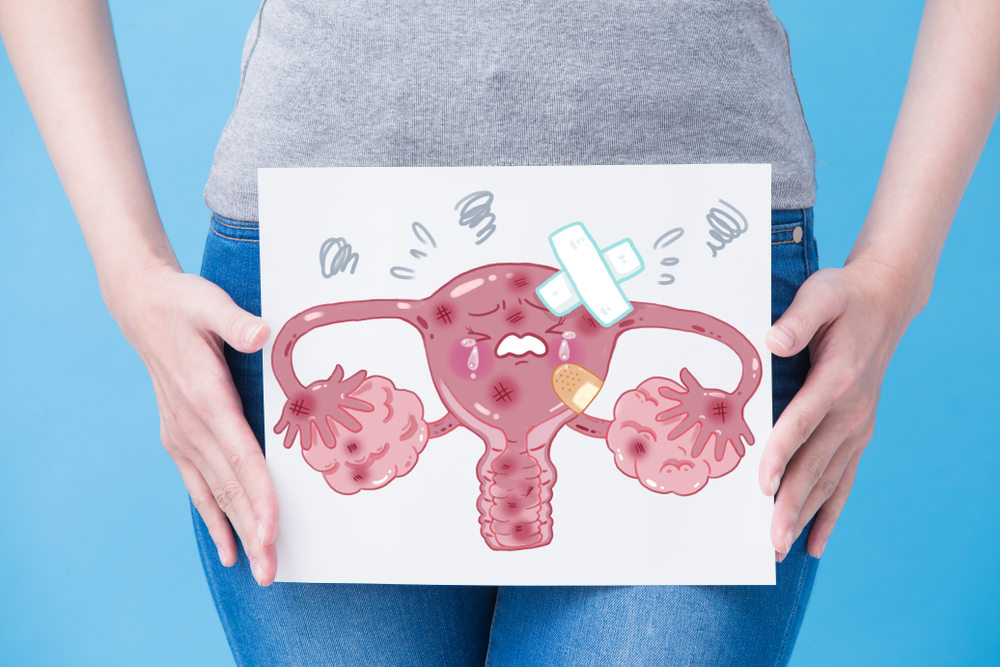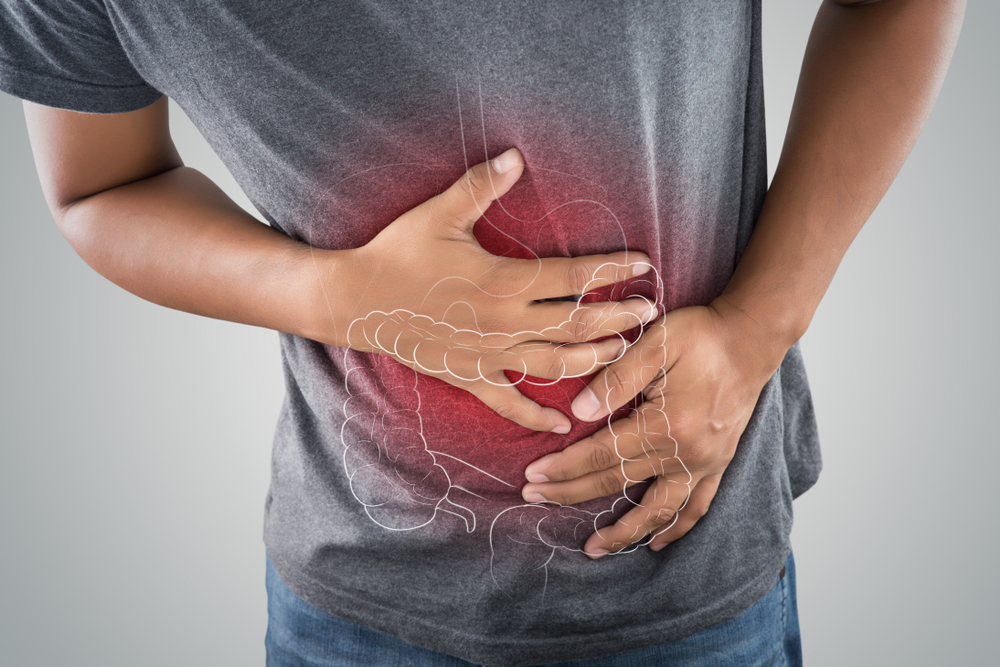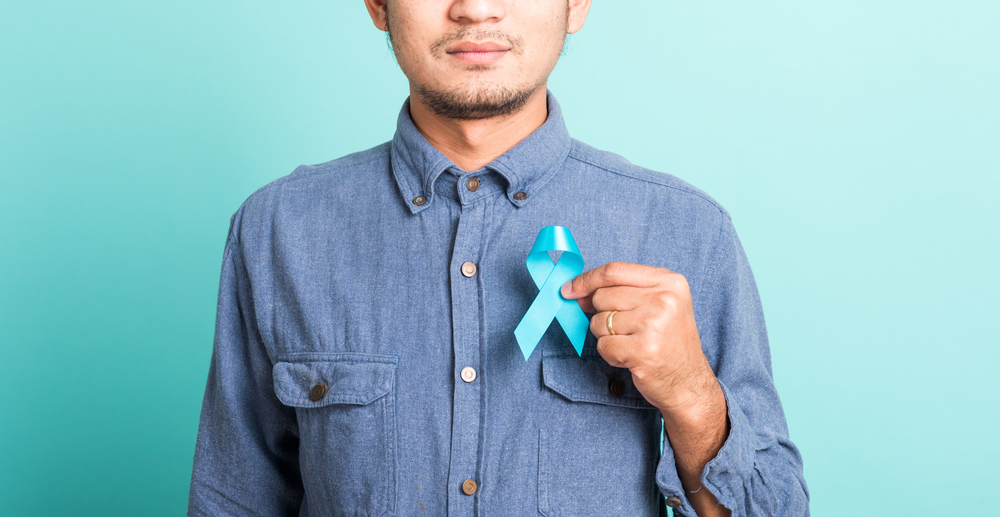In Singapore, breast cancer is the lead cause of cancer deaths among women – around 17% of cancer-related deaths in women. Almost 1 in 16 women in Singapore will be diagnosed with breast cancer in their lifetime. The highest rate of breast cancer occurs in women between the ages of 40 and 69 years. Fortunately, with earlier detection and improved treatment, more women are surviving the disease.
What is Breast Cancer? What are the Symptoms?
Breast cancer is a type of cancer that develops in breast cells. Like in other cancers, the cancerous breast cells divide and multiply in an uncontrolled way due to mutations in genes that regulate cell growth. The cancerous cells form a tumor that can be often felt as a lump. Most cancers start in the ducts (also called ductal cancer). Others could occur in the glands (also called lobular cancer).
Types of breast cancer
The type of breast cancer depends on the cell affected. Broadly speaking, they can be categorized as “Invasive” and “Noninvasive”/ “in situ”. Depending on the cell involved, it could be ductal (occurring in the ducts of the breast) or lobular (occurring in the glands). Therefore, the types of breast cancer are:
- Invasive ductal carcinoma (IDC): Being most common, begins in the breast milk ducts and invades nearby breast tissue. Once they are out of the breast milk duct, they can also easily invade other organs and tissues.
- Invasive lobular carcinoma (ILC): Develops first in the milk-producing glands and then invades into the surrounding breast tissue.
- Ductal carcinoma in situ (DCIS): Cancer cells are confined to the duct and not invaded into the surrounding breast tissue.
- Lobular Carcinoma in situ (LCIS): Cancer cells are confined to the milk-producing glands and not invaded into the surrounding breast tissue.
Causes of Breast Cancer - Can it happen in men?
Though research has identified hormonal, lifestyle and environmental factors for having risk of breast cancer, it is still unclear why some people with no risk factor develop breast cancer, yet other people risk factors never do. The most identified common risk factors of having breast cancer are:
- Being female: Given the anatomy of a female breast, it is more common in females than in men. Men, in rare cases, can also develop breast cancer as men have few ducts and glands too, though they are not functional. They need to keep a watch for the lump as well.
- Increasing age: Risk of having breast cancer increases with age.
- Family history of breast cancer: Risk of having breast cancer is particularly high in those whose mothers or sisters have a history of breast cancer.
- Inherited genetic factor: The genetic mutations in BRCA1 and BRCA2 increase the risk of breast cancer.
- Frequent exposure to radiation: Receiving radiation treatments in childhood might cause risk of having breast cancer.
- Obesity: Being obese increases the risk of having breast cancer.
- Having first child at an older age: Women who gave birth to their first child after 30 years of age might have a higher risk of having breast cancer.
- Having never been pregnant: Women who are never pregnant are at greater risk of developing breast cancer than those who become pregnant.
- Postmenopausal hormone therapy: Women on hormonal therapy combining that combine estrogen and progesterone have an increased risk of breast cancer.
- Alcohol intake: Excessive alcohol intake increases the risk of breast cancer.
Diagnosis of Breast Cancer
- Breast exam: A manual self-examination or performed by a doctor will simply involve running the fingers on both the breasts and the armpit regions to find any lumps.
- X-ray/Mammogram: It is the most common imaging technique used to find abnormal cell growth in the breast tissue.
- Ultrasound: A breast ultrasound uses sound waves to create an image of the deep-lying breast tissues which will help a doctor distinguish between a benign cyst or a tumor.
- Biopsy: It is a definitive way to confirm the diagnosis of breast cancer. A sample of breast cells is extracted using a specialized needle for pathological examination at the lab.
- PET/MRI: This method uses magnetic and radio waves to create pictures of the interiors of the breast.
Stages of Breast Cancer
| Stage of breast cancer | Features |
| 0 | DCIS where the cancer is confined to the ducts and has not spread into surrounding tissues |
| 1A | Primary tumor is less than 2 cm wherein lymph node is not affected |
| 1B | Cancerous cell is found near the lymph node and either there is no tumor in breast of the tumor is less than 2 cm |
| 2A | Either the tumor is less than 2 cm and has spread to 1-3 nearby lymph nodes, or it is between 2-5cm and is not yet spread |
| 2B | Either the tumor is 2-5cm and has spread to 1-3 axillary (armpit) lymph nodes or it is larger than 5cm and is not yet spread |
| 3A | The cancer has spread to 4-6 axillary lymph nodes and the primary tumor can be any size. Tumors can also be greater than 5cm and the cancer might have spread to 1-3 axillary lymph nodes |
| 3B | A tumor invasion into the chest wall or skin and may or may not have invaded upto 9 lymph nodes |
| 3C | Cancer is found in more than 10 axillary lymph nodes, lymph nodes near collar bone or internal mammary nodes |
| 4 | Cancerous tumor is of any size and the cells have spread to nearby and distant lymph nodes as well as distant organs |
Treatment of Breast Cancer
- Chemotherapy: It is simply a drug treatment to destroy cancerous cells. Can be used along with surgery or may be used before surgery to shrink the cells.
- Radiation therapy: High-powered beams of radiation are used to target and kill cancerous cells. External radiation is commonly used after removing the lump.
- Surgery:
- Mastectomy: Involves removing of the entire breast when cancer has spread to the entire breast. In a double mastectomy, both the breasts are removed.
- Lumpectomy: Involves removing the tumor/lump and some of the surrounding tissue, leaving the rest of the breast intact.
- Targeted drugs: Used to treat specific abnormalities of the cancerous cells. In particular at the cells that make a protein called HER2 which helps the cancerous cells grow and survive.
- Hormone therapy: If breast cancer is sensitive to hormones, hormone-blocking therapy is used to block the body’s production of estrogen or progesterone or to block the reception of these hormones on the cancerous cells.
How to Prevent Breast Cancer?
While there are some risk factors that cannot be controlled, below are recommendations to modify lifestyle factors to prevent breast cancer:
- Avoid being obese
- Avoid excessive intake of alcohol
- Perform self-examinations on the breast to find any lumps
- Conduct regular breast screening especially when you are aware of known risk factors. A mammogram is particularly recommended to be performed annually for women over 50 years of age.





